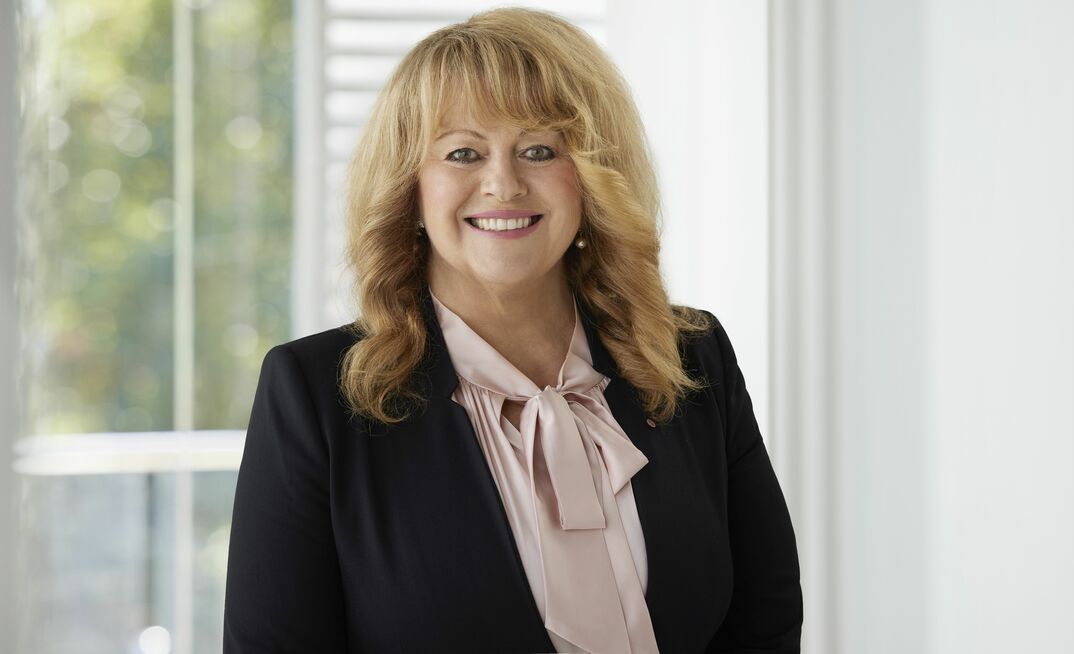Technology is the glue that will help bind two businesses that, at first glance, may appear quite disparate.
When Fortescue's management team was trying to woo Shelley Robertson from her energy role at Mineral Resources, she was asked what her ideal role would be at the iron ore and green energy company.
Robertson told them she wanted to be the link between metals and energy.
In the eight months since she joined Fortescue as its chief corporate officer, Robertson has set about doing just that.
YOU MIGHT ALSO LIKE
Her role covers a host of functions including people, information technology, procurement, government relations, and communications spanning Fortescue's global business.
A couple of months after she joined the company it announced it was becoming one Fortescue, bringing together its iron ore mining Fortescue Metals Group and green energy Fortescue Future Industries.
"As we've grown as a global business it's become more apparent we need to connect across the business," Robertson, who will be a key speaker at the Future of Mining Perth, told Australia's Mining Monthly.
Sitting between a hard rock and an energy business is not unfamiliar territory. Robertson did something similar as the head of Mineral Resources' energy division.
"Technology is a big part of Fortescue and that's the bridge between the two," she said.
In mining FMG helped create Caterpillar's autonomous haul truck line and became one of very few iron miners to take a serious stab at in-pit crushing and conveying.
Technology is at the forefront of what the old FFI is trying to do too.
Then there is the technology piece of bringing decarbonising technology to the mining, to help meet Fortescue's goal of "real" zero carbon emissions by 2030.
Part of that involves building its own off-grid green energy in Western Australia's Pilbara.
That is something Robertson believes is vital to Fortescue's aims.
Given the price of electricity is around 80c per kilowatt hour in WA's iron ore heartland and a price of half that is considered necessary, the need to find alternatives is pressing.
Not just in the Pilbara. Energy costs are prohibitive on Australia's east coast too.
For renewables projects, the cost of energy projects can be about 40-50% of the total project cost.
Fortescue aims to be a major producer of green hydrogen and green ammonia.
On the same page
So how has it all gone?
Robertson reckons great strides have been made in getting the two businesses on the same page.
"We're working towards the One Fortescue every day," she said.
"It's impressive how far we've come in a short period of time."
To be fair it has barely been about six months since the company's name was officially changed to Fortescue.
In that time a big part of the process has been understanding the business.
"We didn't know what the technology was one year ago," Robertson said.
"Now we're starting to see it.
"We understand the business now. What the problems are."
On the technology front, Fortescue has started running a battery-electric haul truck in the Pilbara and recently fired up a hydrogen fuel cell truck. It is also experimenting with a hydrogen-fuelled internal combustion engine truck.
"Over the next couple of years it will grow stronger."
Path to real zero
Robertson said there were no real milestones that Fortescue had set itself for its path to real zero.
"We're building out our renewable energy system as rapidly as we can," she said.
"We'll be building out all the infrastructure over the next five years."
The trick is to do that while not dropping iron ore tonnes.
"We've done a lot of modelling to understand well and truly how it will integrate with the operations."
























